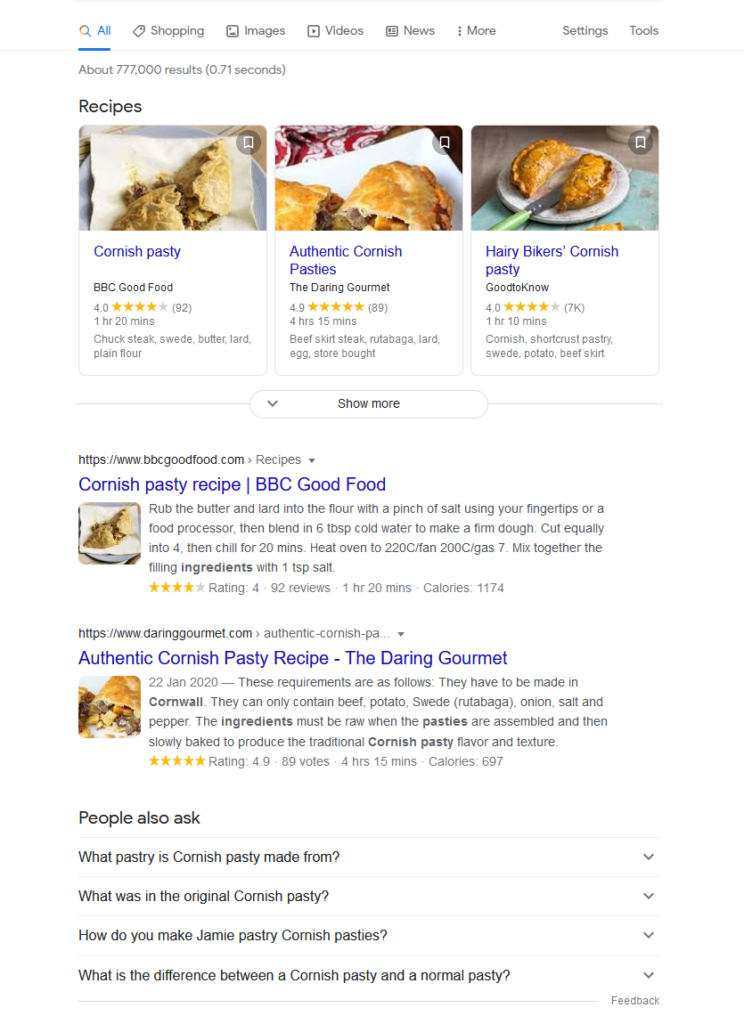As someone interested in computing and technology, the development of Artificial Intelligence (AI) intrigues me. One of my lines of thought I want to explore further is how it will impact my life as an individual and our society.
The best place to start any exploration of Artificial Intelligence is to consider how I currently use Artificial Intelligence. I’ll consider it carefully, as I want to capture as many instances as possible.
This post will likely open both your and my eyes to how common so-called Artificial Intelligence tools have become in the last ten years or so.
Before I can start auditing my use of AI, we need to agree on a definition of Artificial Intelligence.
What is Artificial Intelligence?
Artificial Intelligence is defined as an intelligent algorithm, whether it learns or not. This definition comes from the Sentient Machine by Amir Husain. The one problem is how you define an intelligent algorithm. For me, it is an algorithm that can learn from the data it processes.
How I will carry out my Artificial Intelligence audit
I will need to consider all aspects of my life to consider where I have likely interacted with AI. In some cases, this isn’t evident as the AI does a very narrow, specific job. So, I’m going to start with the most obvious ones first.
Generative Artificial Intelligence
Over the last year or so, I have tried out different generative AI to write about it. I have continued to use Google Bard from time to time to help me lay out content. I would also consider using it for brainstorming. It can help you get started when you are unsure how to start.
I’m also currently exploring personal AI, and I will likely publish some content of my experiences of using it so far as the aim is to develop an AI experience which is personal to use based on your own experiences.
I regularly use Google Bard and Personal AI, so I will count them both.
You can learn more about Google Bard in my first thoughts on Google Bard blog post.

Search engines
Search Engines such as Google are built on top of many Artificial Intelligence services, from the bots that search the Internet for pages to index to the algorithms that sort the results based on your search intentions.
I have no idea how many AI-controlled bots are used by the various search engines, and from my perspective of being a search engine end user, it is one process. So, I’m going to count this as one.
You can learn more about the basics of using the Google search engines in our introductory guide to using search engines.

Online advertising & Shopping
There will also be a need to consider online advertising, such as Google ads and the tracking of your shopping habits by online retailers such as Amazon, who use AI algorithms to track your habits to recommend goods you want. I’m going to count Google Adware and Amazon.
I’m also going to include Stream, as it is very likely that its game-matching system is using Artificial Intelligence to help recommend games that I might want to buy.
Grammarly
As a blogger and writer, I use Grammarly to help me with my grammar. It also offers suggestions on different words I can use and will even suggest how to make sentences easier to read. Grammarly uses some AI processing.
You can learn more about Grammarly in our Grammarly review.
Streaming services
All streaming services have AI-driven algorithms used to monitor what you are watching or listening to depending on the streaming service and use this data to recommend other content it thinks that you want to watch.
Some streaming services are better at this than others. In my opinion, Netflix and Spotify are the best services for recommendation, and this is the main reason why they are the dominant players in content streaming.
Spotify has added to this by adding an AI-driven DJ to its recommendation engine to give context to its AI-driven recommendation engine.
I will count each streaming service I use regularly as one AI.
Social media
Social media uses AI to trace what you like and what you dislike. It aims to keep you on that social media platform, serving more of the content you like and encouraging you to keep doom scrolling.
A few exceptions exist, such as Mastodon, which has no algorithm. Other than this exception, count each Social media platform you regularly use.
Personal Assistants and smart speakers
Smart speakers and related voice assistants such as Google Home, Alexia and Siri are not true Artificial Systems, but at least some of the systems and algorithms that support their capabilities will have some ability to learn and improve based on their interactions with you. Count each one you use regularly.
Conclusion
This is not an exhaustive list, as you might have thought of some examples in your own life. As AI technology matures and becomes more powerful, new forms of interaction will start to appear.
The table below contains the results of my audit.
| Area | Total |
|---|---|
| Generative AI | 2 |
| Search Engine | 1 |
| Advertising & Shopping | 3 |
| Grammarly | 1 |
| Streaming Services | 5 |
| Social Media | 1 |
| Personal Assistant & Smart speakers | 1 |
| Total | 14 |
Why don’t you share the results of your own audit in the comments below, as it would be interesting to see how my results compare to yours?
